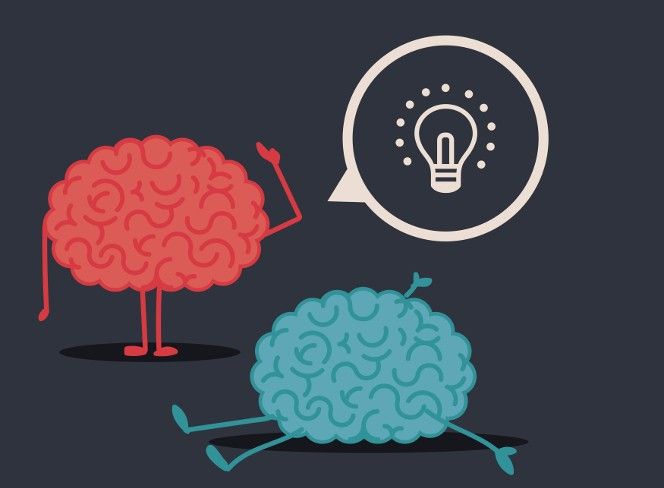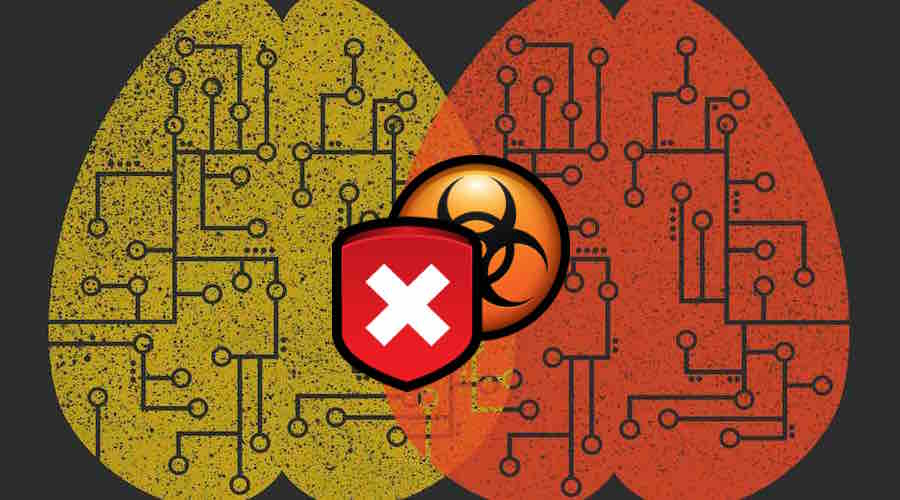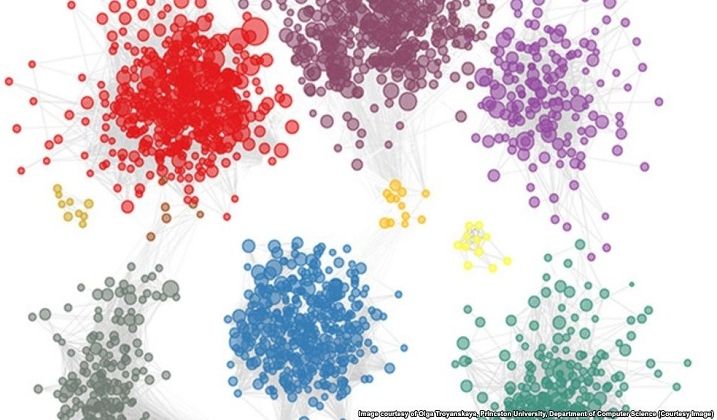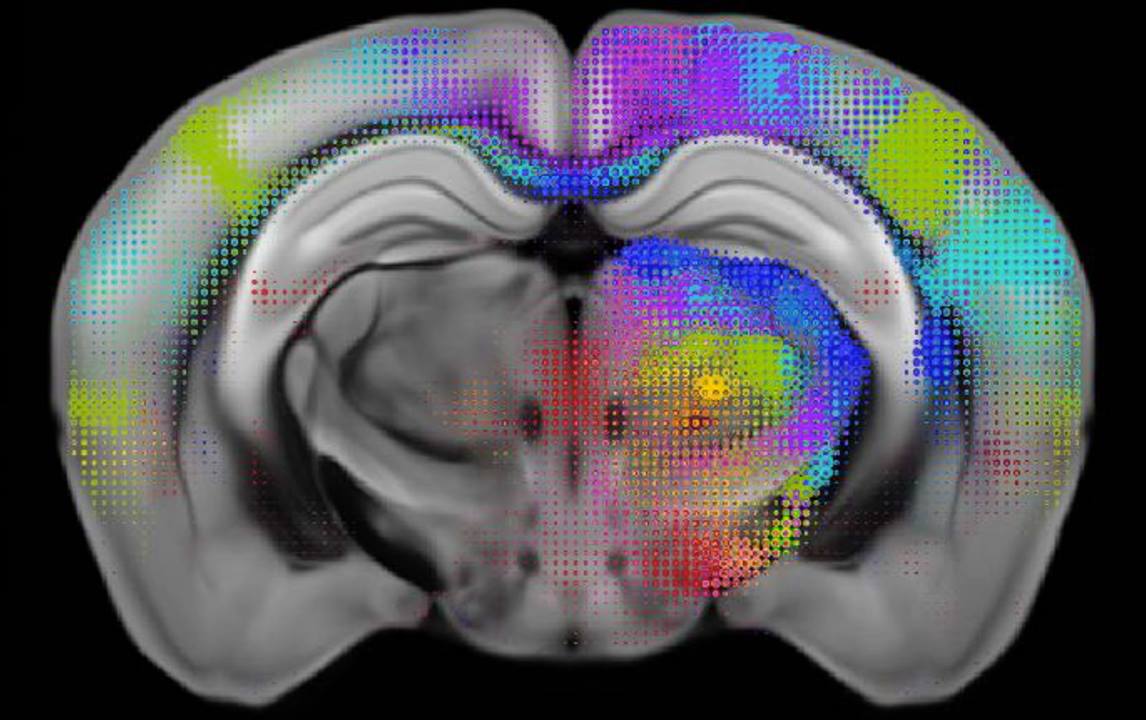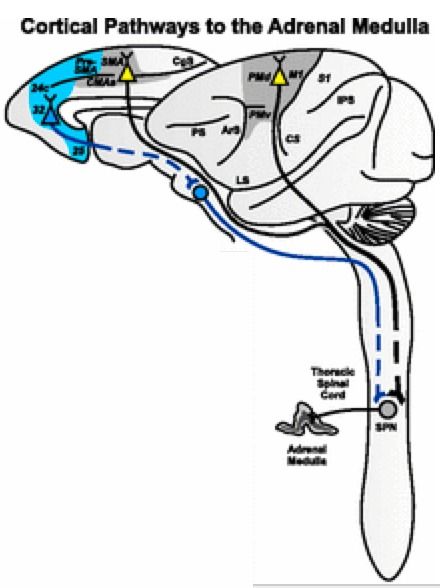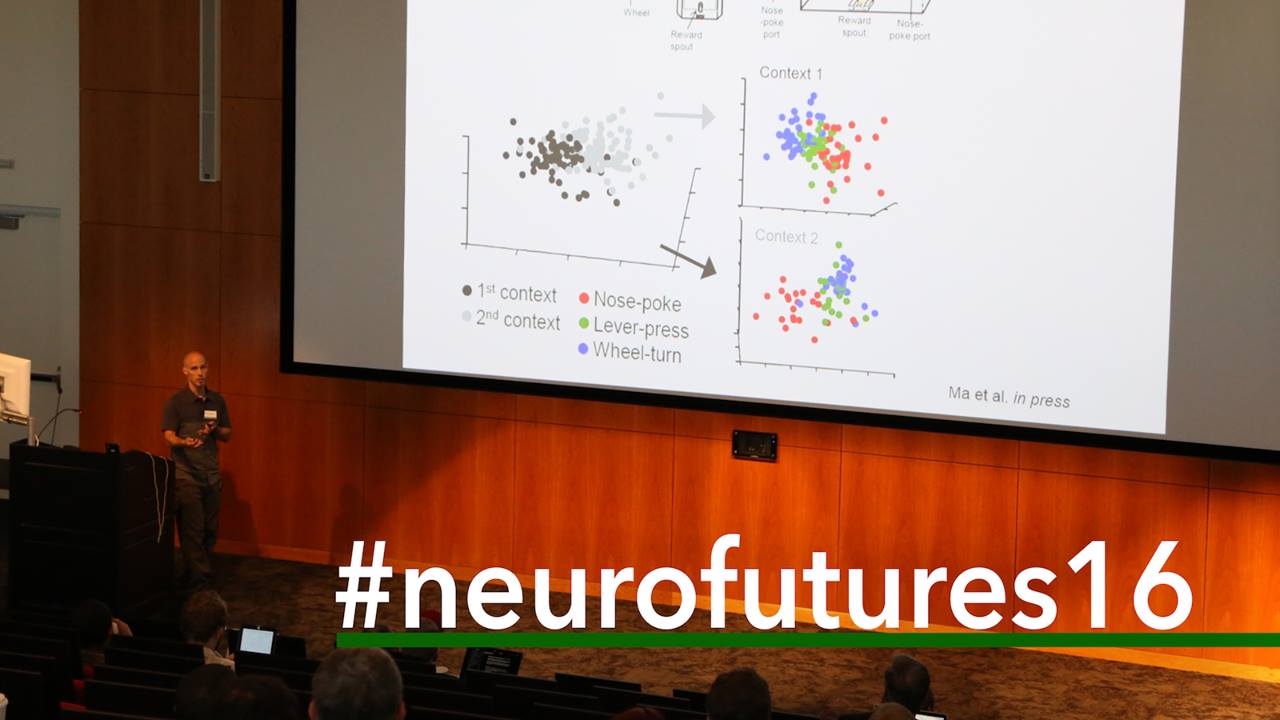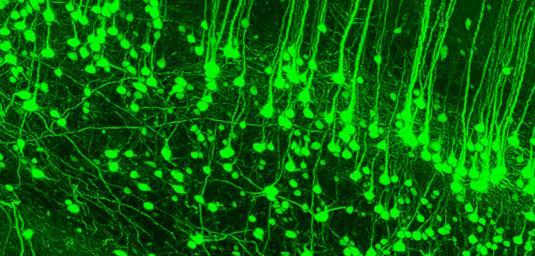Interesting perspective.
James Dyson is an evangelist for the creative process of change, quoting ‘People think of creativity as a mystical process. Creativity is something that has to be worked at, and it has specific characteristics. Unless we understand how it happens, we will not improve our creativity, as a society or as a world’. Creativity in corporates often defaults to ‘brainstorming’.
If brainstorming sessions are nothing more than an excuse for people to sit in a room, say they are not really sure what to do and then discuss last night’s television, then yes they are a waste of time. In fact, they are worse than that, they are a force for stagnation and serve only to reinforce the idea that there are no original thinkers in the team and that those present are incapable of coming up with any ideas that are interesting, innovative, exploratory or adventurous.
